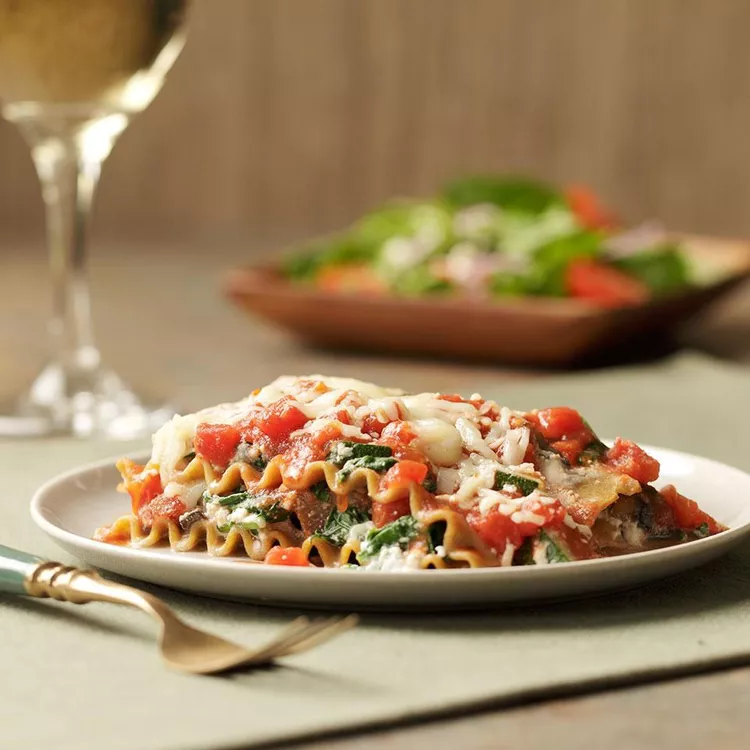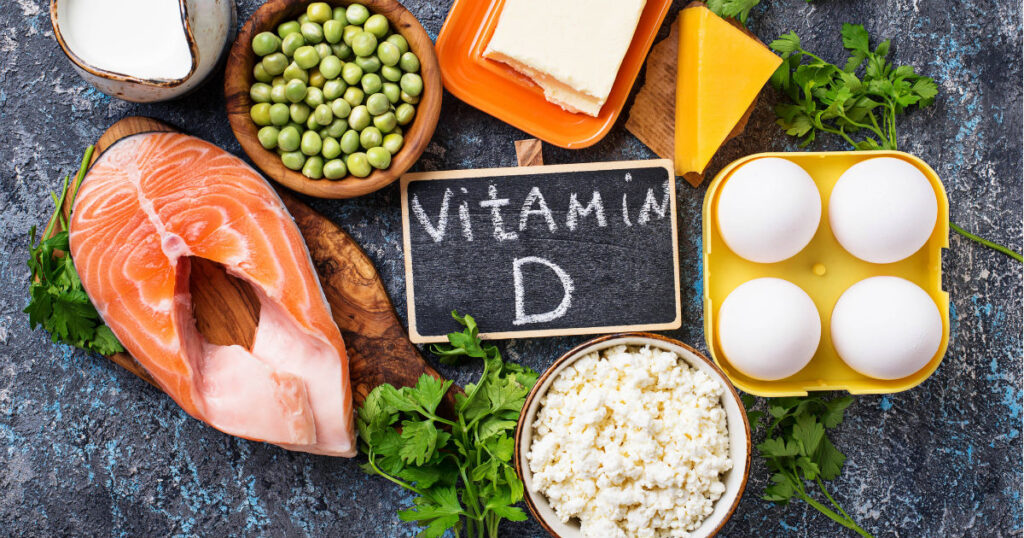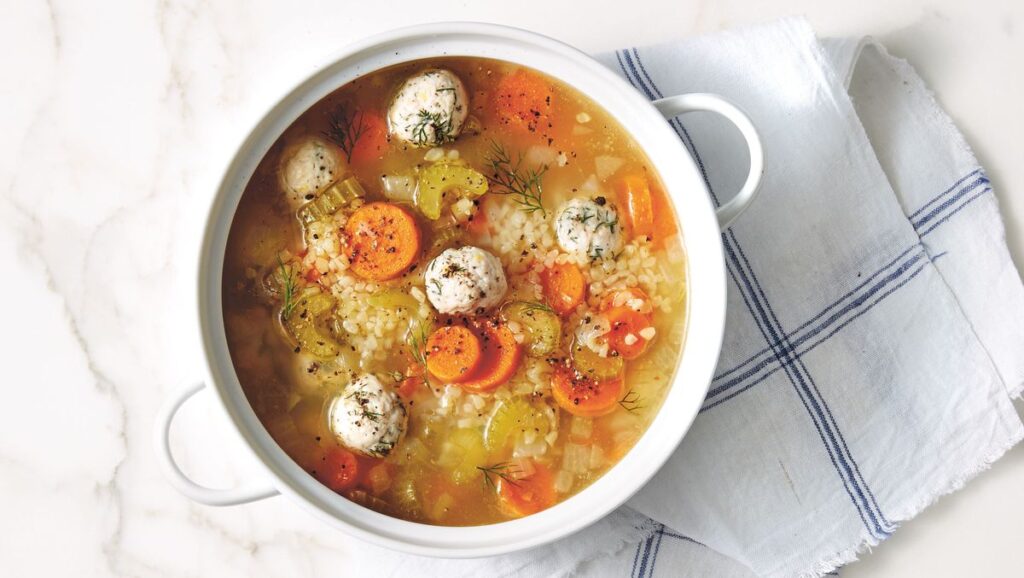
In the realm of comfort food, few dishes evoke the same sense of satisfaction as a hearty lasagna. Imagine the layers of rich flavors and melting cheese, all melding together in perfect harmony. Now, add the convenience of a slow cooker to the equation, and you’ve got a winning recipe for a stress-free, delicious meal. In this article, we’ll explore the wonders of Slow-Cooker Vegetarian Lasagna, offering a step-by-step guide to creating a culinary masterpiece with minimal effort.
The Allure of Slow Cooking:
Slow cooking is a game-changer for busy individuals seeking a homemade meal without the hassle. The method allows ingredients to meld and flavors to intensify over time, producing a lasagna that is not only mouthwatering but also requires minimal hands-on preparation.
Sure, the slow cooker’s great for stews and soups, but it also happens to make a mean lasagna! In this ingenious slow-cooker recipe, all you have to do is chop your veggies, then layer the ingredients (raw) into the crockpot. Serve with: Garlic bread and a green salad.
Ingredients
- 1 large egg
- 1 15- to 16-ounce container part-skim ricotta
- 1 5-ounce package baby spinach, coarsely chopped
- 3 large or 4 small portobello mushroom caps, gills removed (see Tip), halved and thinly sliced
- 1 small zucchini, quartered lengthwise and thinly sliced
- 1 28-ounce can crushed tomatoes
- 1 28-ounce can diced tomatoes
- 3 cloves garlic, minced
- Pinch of crushed red pepper (optional)
- 15 whole-wheat lasagna noodles (about 12 ounces), uncooked
- 3 cups shredded part-skim mozzarella, divided
Directions
- Combine egg, ricotta, spinach, mushrooms and zucchini in a large bowl.
- Combine crushed and diced tomatoes and their juice, garlic and crushed red pepper (if using) in a medium bowl.
- Generously coat a 6-quart or larger slow cooker with cooking spray. Spread 1 1/2 cups of the tomato mixture in the slow cooker. Arrange 5 noodles over the sauce, overlapping them slightly and breaking into pieces to cover as much of the sauce as possible. Spread half of the ricotta-vegetable mixture over the noodles and firmly pat down, then spoon on 1 1/2 cups sauce and sprinkle with 1 cup mozzarella. Repeat the layering one more time, starting with noodles. Top with a third layer of noodles. Evenly spread the remaining tomato sauce over the noodles. Set aside the remaining 1 cup mozzarella in the refrigerator.
- Put the lid on the slow cooker and cook on High for 2 hours or on Low for 4 hours. Turn off the slow cooker, sprinkle the reserved mozzarella on the lasagna, cover and let stand for 10 minutes to melt the cheese.
Tips
Equipment: 6-quart (or larger) slow cooker
Tip: The dark gills found on the underside of a portobello mushroom cap are edible, but can turn a dish an unappealing gray color. If you like, gently scrape the gills off with a spoon.
For easy cleanup, try a slow-cooker liner. These heat-resistant, disposable liners fit neatly inside the insert and help prevent food from sticking to the bottom and sides of your slow cooker.





